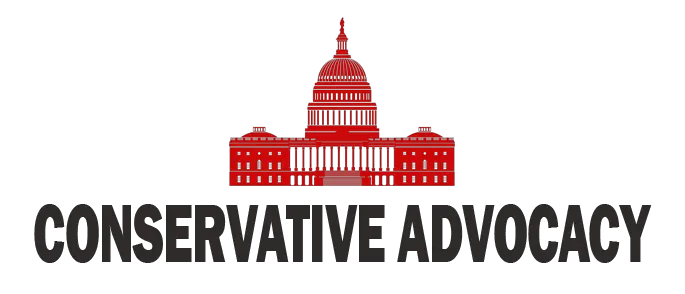The Federal Aviation Administration (FAA) has become a focal point in the Trump administration’s sweeping efforts to streamline the federal government, with hundreds of employees recently laid off as part of a broader initiative led by the Department of Government Efficiency (DOGE). While the administration argues these cuts are essential to reduce waste and improve efficiency, critics warn that the reductions could compromise aviation safety at a time when the FAA is already grappling with staffing shortages and heightened scrutiny following several recent air travel incidents.
Transportation Secretary Sean Duffy has assured the public that no air traffic controllers or critical safety personnel were affected by the layoffs, which primarily targeted probationary employees hired within the past year. However, union representatives and aviation experts have raised concerns that many of those dismissed held vital support roles, such as radar maintenance technicians and aviation safety assistants. These positions, while not directly responsible for flight operations, are integral to ensuring smooth and safe air travel. Critics argue that shifting these responsibilities onto already overburdened staff could exacerbate existing challenges within the agency.
The Trump administration’s actions reflect a necessary reckoning with decades of government bloat. President Trump has long criticized the federal workforce as inefficient and unaccountable, and his partnership with Elon Musk’s DOGE represents an aggressive attempt to address these issues head-on. Conservatives see this initiative as a long-overdue effort to align government operations with private-sector principles, emphasizing performance and accountability over mere headcount. However, even supporters acknowledge that such reforms must be carefully executed to avoid unintended consequences, particularly in areas as critical as aviation safety.
The debate over the FAA layoffs also highlights broader questions about the role and size of government. While reducing inefficiencies is a laudable goal, it is essential to distinguish between eliminating redundancy and undermining core functions. The recent firings have sparked concerns about whether cost-cutting measures are being prioritized over public safety—a tradeoff conservatives argue must be avoided at all costs. Effective governance requires striking a balance between fiscal responsibility and maintaining the capacity to deliver essential services.
As the Trump administration continues its efforts to reshape the federal workforce, the FAA’s situation serves as a case study in both the potential benefits and risks of large-scale reforms. For conservatives, this moment represents an opportunity to demonstrate that government can operate more efficiently without sacrificing its fundamental responsibilities. However, achieving this vision will require not only bold leadership but also careful planning and oversight to ensure that reforms strengthen rather than weaken public trust in government institutions.




